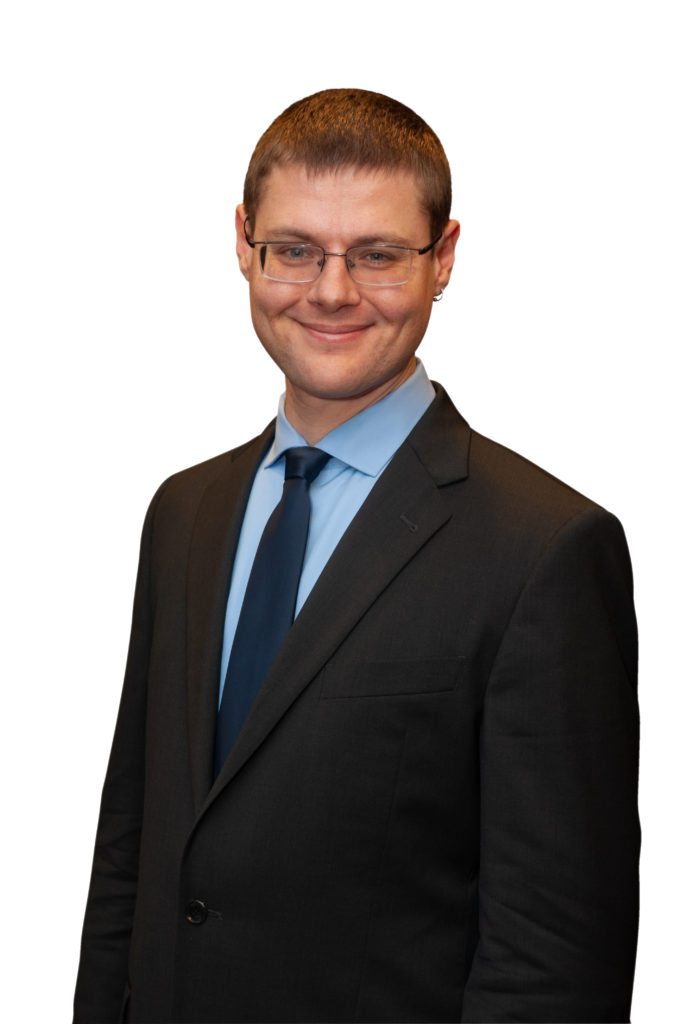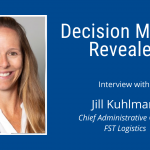
Are you worried that having hybrid and especially full-time remote employees – even with remote training and virtual mentoring – will undermine junior employee on-the-job learning, integration into company culture, and intra and inter-team collaboration? This issue came up time and time again in my interviews with 47 mid-level and 14 senior leaders at 12 organizations I guided in developing and implementing their strategy for returning to the office and establishing permanent work arrangements for the future of work.
If you enjoy video, here’s a videocast based on this blog:
And if you like audio, here’s a podcast based on the blog
Or simply read onward!
These leaders acknowledged the reality that the future of work is mainly hybrid, with some staff full-time remote. After all, many high-quality surveys illustrate that 60-70% of all employees want a hybrid schedule permanently after the pandemic. Of the rest, 25-35% want a fully-remote schedule, and only 15-25% want full-time work in the office.
Many large companies announced a switch to a permanent hybrid model of one to three days in the office after the pandemic. They include Citigroup, Ford, Google, Nationwide, Microsoft, Siemens, Salesforce, Target, and many others. Two-thirds to three-quarters of surveyed employers intend to have a mainly-hybrid schedule after the pandemic ends. Many of these will also have 10-30% of their staff fully remote.
Yet these concerns about on-the-job learning, cultural integration, and intra and inter-team collaboration spur hesitancy among leaders. They’re not sure how to address these serious issues, leading to internal conflicts and delays over strategic pivots for the future of work. Overwhelmingly, I find that the problem stems from them trying to adapt their existing in-office practices to hybrid and remote teams. Instead, what they need to do is adopt the best practices for leading hybrid and remote teams in the future of work, in this case virtual mentoring and digital coworking.
Why Do Leaders Fail to Adapt to the Future of Work?
Leaders often fail to adopt best practices for the future of work because of dangerous judgment errors called cognitive biases. These mental blindspots, which often lead to wishful thinking, result in poor strategic and financial decisions when evaluating options. They render leaders unable to resist following their gut and their personal preferences instead of relying on best practices.
One of the biggest dangerous judgment errors impeding best practice adoption for the future of work is called functional fixedness. When we have a certain perception of appropriate practices, behaviors, and processes, we tend to ignore or even actively reject other appropriate practices, behaviors, and processes. Our mindset of these functions is fixed and unyielding, even if other practices, behaviors, and processes may offer a much better fit for a changed situation, and would be much more effective at solving our problems.
That’s why these leaders failed to address strategically the problems associated with the March 2020 lockdowns and the abrupt transition to telework. Perceiving this shift as a very brief emergency, they focused, naturally and appropriately, on accomplishing the necessary immediate tasks of the organization.
That’s fine for an emergency, a week or two. Yet COVID lasted for over a year. So they adapted their existing ways of interacting in “office culture” to remote work. They did not make the effort to figure out strategically what kind of culture and collaboration and communication methods would work best for the virtual world. That left them unprepared for the hybrid and remote future of work.
Another cognitive bias, which is related to functional fixedness, is called the not-invented-here syndrome. It’s self-explanatory: many leaders have an antipathy toward practices not invented within their organization. They reject external best practices as not fitting their particular culture, style, or needs, even when adopting such practices would be much better for their own stated goals. They fail to adopt external and innovative best practices, even with extensive evidence showing their benefits.
Defeating cognitive biases to return to office successfully and thrive in the future of work requires the use of research-based best practices. It means a mainly hybrid model of one to two days in-office while permitting most employees to work remotely as needed. A substantial minority of employees should work full-time remotely if they are reliable and productive. That setup helps facilitate an easy way to shift to full-time work from home for all staff if need arises, such as during a variant surge, by creating a culture and systems and processes that facilitate remote work. This best-practice setup will translate to diverse benefits: optimization of innovation and collaboration, retention of top talent, and the creation of flexible company culture, systems, and processes.
Remote Training Through Digital Coworking
To facilitate remote training for on-the-job learning through virtual settings, as well as to promote effective team collaboration, employ digital coworking. That involves all members of a team spending an hour or two per day coworking digitally with their teammates when they are not in the office.
That doesn’t mean working together on a collaborative task: each person works on their own tasks, but can ask questions if they have them. After all, much of on-the-job training comes from coworkers answering questions and showing less experienced staff what to do on individual tasks.
First, all should get on a videoconference call. Then, all share what they plan to work on during this period. Next, all turn microphones off but leaving speakers on with video optional, and then work on their own tasks. That way, no sounds will be coming through unless a team member deliberately turns on their microphone to ask a question or make a comment.
This experience replicates the benefit of a shared cubicle space, where you work alongside your team members, but on your own work. As less experienced team members have questions, they can ask them and get them quickly answered. Most of the time, the answer will be sufficient. Sometimes, a more experienced team member will do screensharing to demonstrate how to do a task. Another option is to use a virtual whiteboard to demonstrate the task graphically.
Junior team members don’t get all the benefits. More experienced team members might need an answer to a question from another team member’s area of expertise. Occasionally, issues might come up that would benefit from a brief discussion and clarification. Often, team members save up their more complex or confusing tasks to do during a coworking session, for just such assistance.
Furthermore, sometimes team members will just share about themselves and chat about how things are going in work and life. That’s the benefit of a shared cubicle space, and digital coworking replicates that experience.
However, note that this call is not meant to be a work meeting, and you should not intend to have any lengthy conversations during it. Do a separate call with a teammate if you need to have a longer chat. If you have specific teammates with whom you’re collaborating more intensely, you should do a coworking session with them daily in addition to broader coworking with the team as a whole.
Such digital coworking does not cause the drain of a typical Zoom meeting. Team members typically find it energizing and bonding. It helps junior team members get on-the-job learning and integrates them into the team, while helping all team members address questions while feeling more connected to fellow team members.
Virtual Mentoring for Cultural Integration and Intra and Inter-Team Collaboration
A big challenge with hybrid and remote work relates to the loss of mentoring for junior staff from senior colleagues. To address the loss of mentoring support, pair up your junior or younger members with senior staff. That applies especially to the junior staff who stay working remotely. It will also benefit those who work a hybrid schedule and occasionally come to the office.
This will be good not just for the guidance that mentors can give. It will also help address integration into company culture and intra and inter-team collaboration.
Mentors and mentees should also consider a co-working session with each other ideally daily, or at least weekly. Again, this session should not be intended as a meeting, but a time to work on your own tasks, while asking clarifying questions as needed.
Make sure to have one senior staff member from the junior colleague’s immediate team. That will help provide insights on team culture and help them with on-the-job training of their daily tasks.
Also, make sure to have two from outside the team. One should be from the same business unit, and another from a different business unit. These two mentors will be needed to resolve one of the biggest challenges for company culture for remote/hybrid workers: the decrease in cross-functional connections across staff.
For instance, research shows that the number of connections made by new hires in the workplace decreased by 17% during the pandemic, compared to the period before the pandemic. Since the successful accomplishment of company goals often requires cross-functional collaboration, such loss of connections does not bode well for long-term company success.
Fortunately, scholars found that connecting junior staff working remotely to senior staff during the pandemic worked very effectively to expand the network of junior staff. You should follow this research to inform your mentoring program. Doing so will help integrate junior team members into the broader organizational culture, while facilitate intra-team collaboration across the company.
Conclusion
Many companies hired a substantial portion of their workforce during the pandemic. Leaders feel worried about these employees failing to integrate into the company culture, not getting on-the-job learning, and lacking effective intra and inter-team collaboration. To address these issues, remote training through digital coworking and virtual mentoring offer excellent best practices for leading hybrid and remote teams in the future of work.
Key Takeaway
Companies, leaders, and senior staff should adopt best practices so they can provide excellent mentorship to remote work employees hired during the pandemic and integrate them successfully into the team…> Click to tweet
Questions to Consider (please share your answers below)
- How did you facilitate your new employees’ integration into their teams?
- Which innovative practices for virtual mentoring did you adopt during the pandemic?
- What will you do differently after reading this piece?
Image credit: Linkedinsalesnavigator
Originally Published by Disaster Avoidance Experts on September 21, 2021.
Bio: Dr. Gleb Tsipursky is an internationally-renowned thought leader in future-proofing and cognitive bias risk management. He serves as the CEO of the boutique future-proofing consultancy Disaster Avoidance Experts, which specializes in helping forward-looking leaders avoid dangerous threats and missed opportunities. A best-selling author, he wrote Dr. Gleb Tsipursky (Career Press, 2019), The Blindspots Between Us: How to Overcome Unconscious Cognitive Bias and Build Better Relationships (New Harbinger, 2020), and Returning to the Office and Leading Hybrid and Remote Teams: A Manual on Benchmarking to Best Practices for Competitive Advantage (Intentional Insights, 2021). His writing was translated into Chinese, Korean, German, Russian, Polish, and other languages. He was featured in over 550 articles and 450 interviews in prominent venues. These include Fortune, USA Today, Inc. Magazine, CBS News, Business Insider, Government Executive, The Chronicle of Philanthropy, Time, Fast Company, and elsewhere. His expertise comes from over 20 years of consulting, coaching, and speaking and training for mid-size and large organizations ranging from Aflac to Xerox. It also comes from over 15 years in academia as a behavioral scientist, including 7 as a professor at Ohio State University. You can contact him at Gleb[at]DisasterAvoidanceExperts[dot]com, LinkedIn, Twitter @gleb_tsipursky, Instagram @dr_gleb_tsipursky, Medium @dr_gleb_tsipursky, and gain free access to his “Assessment on Dangerous Judgment Errors in the Workplace” and his “Wise Decision Maker Course” with 8 video-based modules.














